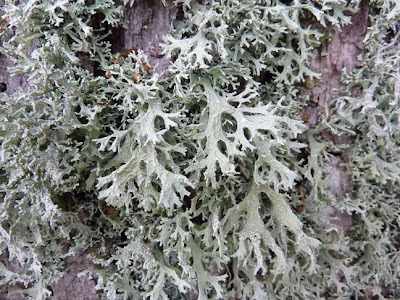Yet another blog with a Happy New Year message
2010. Not a great year for me if truth be told. So, with the last few hours of it remaining, I will not be too sorry to wave it bye-bye and as the day comes to a close welcome 2011, as it trundles towards us on that great conveyor belt called time. As all bloggers/naturalists, I have a few plans and goals for the coming year. I've already told you about the Beddington Sewage Farm botanical survey. The reason that I haven't let you in on the others is that, well, there aren't any. I'm going to let whatever comes my way happen, without any hurrying up on my part. I will continue to enjoy my local birding - this year has seen some truly memorable birds within ten miles of home (Ferruginous Duck, Quail, Hen Harrier, Waxwing, Mealy Redpoll and Common Crane). With patience and a bit of effort there should be more like that in the next twelve months. Beyond that, my only plan is to enjoy what I see and what I do, regardless of luck or a lack of it. It all evens itself out in t...

















